Solar lights are just like ordinary ones, the only difference is that they generate energy from the SUN without the use of any hard wires or complicated hardware.
All you need to do is to put them in a sunny spot and that’s it.
They will automatically charge during the day and turn on to illuminate your home at night.
But how do these little wonders work?
Well, in this article, we will take a closer look at how a solar light works and what makes them a great choice for sustainable lighting.
So without further ado, let’s jump right into the main components of a solar cell light.
Key Takeaways
- Photoresistors detect the drop in light levels at night, triggering the system to switch from charging to lighting, using the stored energy to power the LEDs automatically.
- Solar lights are made of key components like solar panels, diodes, rechargeable batteries, photoresistors, optional light sensors, and LEDs.
- Solar panels capture sunlight and convert it into electricity through the photovoltaic effect, exciting atoms and creating a flow of electrons.
- Diodes ensure electricity flows in one direction, preventing energy waste and efficiently charging the batteries.
- Rechargeable batteries store the electricity generated during the day, managed by a charge controller to prevent overcharging.
What Are Solar Lights Made Of?
1. Solar Panels (Photovoltaic Cells)
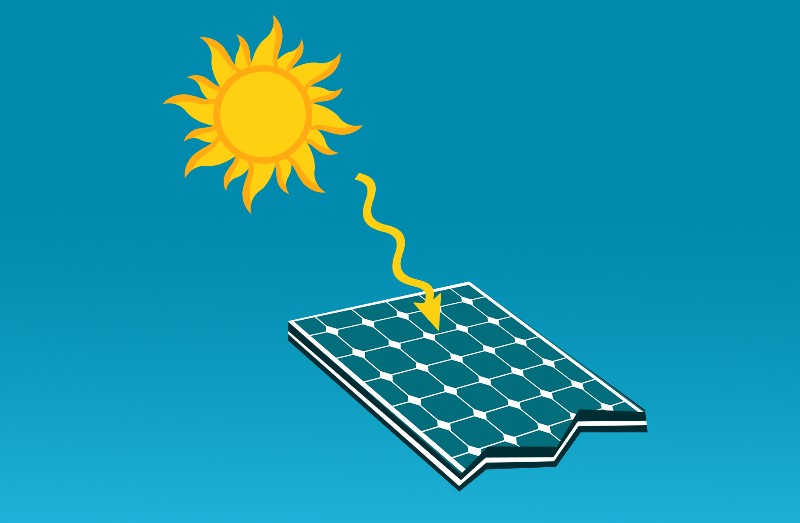
Solar panels are like the heart of your solar light.
They are responsible for turning sunlight into electricity.
When sunlight hits the solar panel, it gets the atoms inside all excited.
This excitement causes the atoms to move their electrons around, creating a flow of electricity.
2. Diode
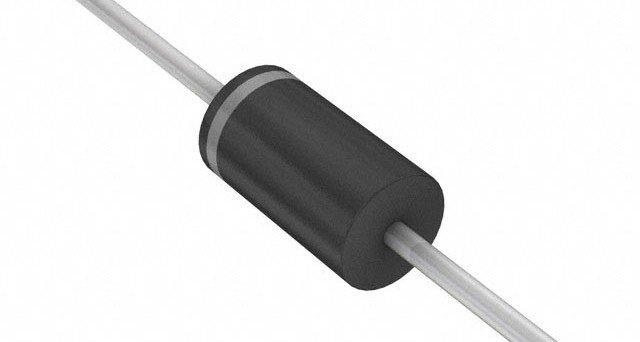
The diode in a solar light ensures electricity only travels in one direction—from the solar panel to the battery and then to the light bulb.
Why is this important?
Without the diode, the electricity could flow back and forth, causing energy to be wasted.
This back-and-forth movement means less power for lighting up the bulb.
So, the diode stops this by blocking any reverse flow of electricity, ensuring all the energy goes towards charging the battery and powering the light.
Related Article: Are Solar Lights Bright Enough
3. Rechargeable Batteries
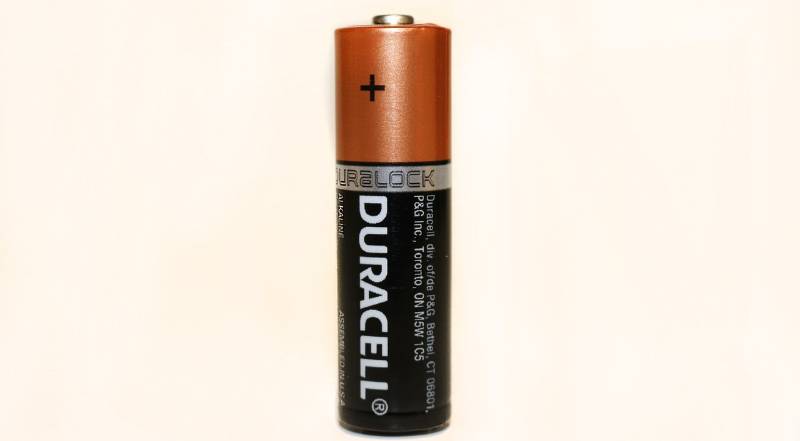
Rechargeable batteries are the energy storage units in your solar light system.
During the day, the solar panels convert sunlight into electrical energy.
This electricity is stored in the rechargeable batteries.
These batteries, often lithium-ion or nickel-metal hydride (NiMH), are great at storing a lot of energy and handling many charge and discharge cycles.
As the solar panels generate electricity throughout the day, the batteries keep storing it.
Then, a charge controller manages this process to prevent overcharging and keep the batteries healthy.
When night falls and the solar panels stop producing power, a photoresistor detects the drop in light levels.
This triggers the system to switch from charging the batteries to using their stored energy.
4. Photoresistor
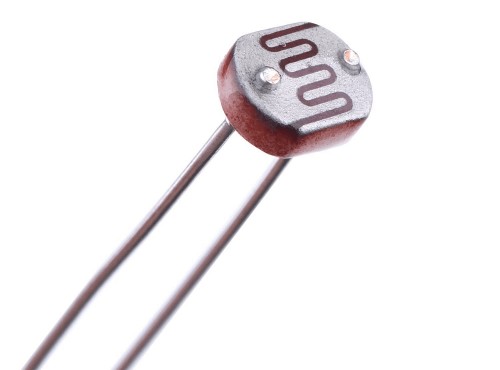
The photoresistor in a solar light helps the system know when to charge and when to light up.
This little component, also known as a Light Dependent Resistor (LDR), changes its resistance based on how much light it senses.
During the day, when there’s plenty of sunlight, the photoresistor detects the high light levels.
At this point, its resistance is low, allowing electricity from the solar panels to flow easily into the rechargeable batteries, storing energy for later use.
As night falls and the light levels drop, the photoresistor senses the change.
Its resistance increases significantly, signaling the system to switch from charging mode to lighting mode.
Related Article: Why There’s an On/Off Switch on Solar Lights
5. Light Sensors (Optional)
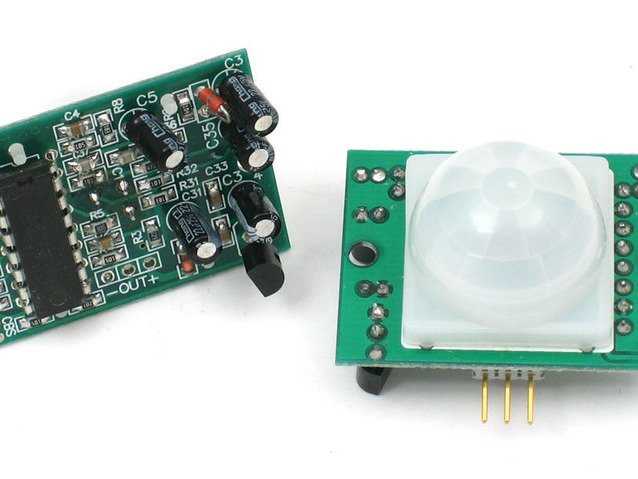
In addition to the photoresistor, some solar lights come with extra sensors to make them even smarter.
One of these is the basic light sensor, which works by converting light into electric signals to figure out if it’s sunny or not.
As evening approaches and the sunlight starts to fade, the sensor picks up on the lower light levels and thinks, “Time to light up!”
That’s when your solar lights turn on automatically.
Then, when it gets brighter in the morning, the sensor shuts the lights off.
Taking it a step further, we have lux sensors, which are a smart upgrade from basic light sensors.
Instead of just telling day from night, they measure the amount of light around them.
This helps them determine exactly how dark it is outside, which is handy.
The great thing about lux sensors is that you can set the darkness level yourself.
This means you can decide how dark it should be before your solar lights turn on.
For even more advanced technology, there are Passive Infrared (PIR) sensors.
Unlike the other sensors that detect light, PIR sensors detect heat movements.
So, anytime a person or a pet comes close, their body heat triggers the sensor.
This is handy for security lights because they light up right when someone steps nearby, keeping your yard lit exactly when you need it.
6. Light Emitting Diodes (LEDs)
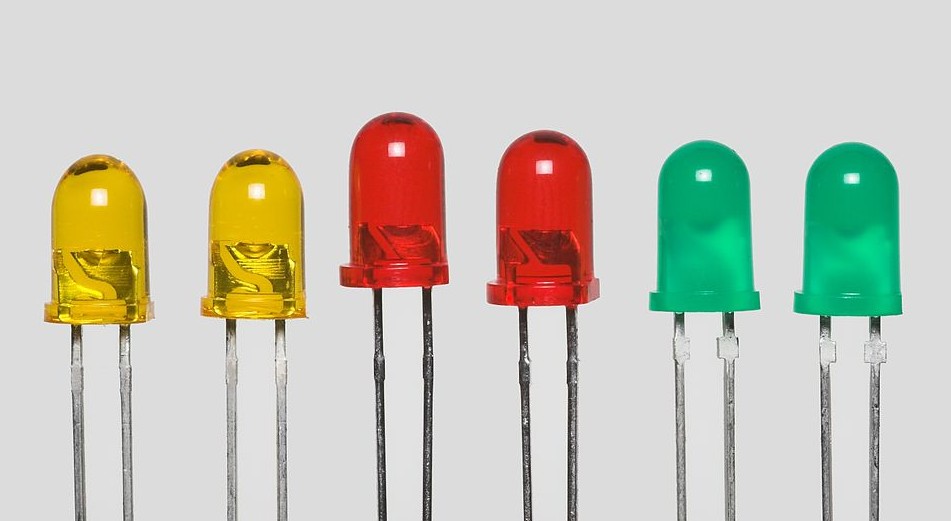
Our journey to the center of the solar lights ends with the LEDs, and they’re more than just white flashy orbs.
LEDs, or Light light-emitting diodes, really bring your outdoor spaces to life.
These aren’t your average light bulbs; they work by turning electrical energy into light.
Here’s how it happens: when electricity flows through them, it excites tiny particles inside, causing them to glow.
One of the best things about LEDs is just how little energy they use.
They get the same brightness as other bulbs but use way less electricity, which is perfect for solar-powered lights where saving energy is the name of the game.
Plus, they last a long time.
We’re talking tens of thousands of hours before you even need to think about replacing them, so they’re pretty much a one-and-done deal.
LEDs are also tough cookies.
They can handle all sorts of weather and won’t break if they get knocked around a bit.
How Do Solar Lights Work Step By Step?
Step 1: Sunlight Hit the Solar Light
When sunlight hits your solar panel, it’s not just lighting it up—it’s kicking off a process at the atomic level.
Here’s what happens: the sun sends out particles of light called photons, which zoom down to the earth and crash into your solar panel.
These panels are made with materials like silicon, which are good at capturing these photons.
When a photon hits the silicon, it transfers its energy to an atom of silicon, giving it a little jolt.
This jolt is enough to knock electrons loose.
Electrons are the tiny particles in atoms that carry a charge.
When they get knocked loose, they start zipping around, and this movement of electrons is what we call electricity.
This whole process is known as the photovoltaic effect, and it’s the basic idea behind how solar panels work.
The sunlight gets transformed into electricity right in your solar panel.
And it’s this electricity that’s going to power your solar light when the sun sets.
Step 2: Electricity Flow from the Solar Light to the Battery
Once your solar panel has worked its magic by turning sunlight into electricity, the next step is all about keeping that power handy for when you need it.
The electricity doesn’t light up your solar lamps right away.
Instead, it takes a quick detour into a battery where it’s stored until it’s showtime.
This setup is important because your solar panels need sunlight to do their job.
But what about at night or on those cloudy days when the sun seems to be playing hide and seek?
That’s where the battery steps in.
It saves up all that energy during the sunny times so that when the sun clocks out, you’ve still got plenty of power to keep your lights on.
Step 3: Photoresistor Detects Darkness
As I mentioned before, the photoresistor is key in switching your solar lights from soaking up the sun during the day to lighting up your yard at night.
As the evening rolls in and it gets darker, the photoresistor senses that change and its resistance goes up.
This is like a green light for the system to shift modes.
It tells the system, “Hey, it’s dark enough now,” and kicks off the process to start lighting up.
This switch turns on the lights using the power stored up from the day.
It’s pretty smart, right?
The lights then keep shining all night, using the energy they saved up until the sun comes up again or the power runs out.
Step 4: Let There Be Light!
And That’s It!
All you need to do is enjoy your solar lights and feel good knowing that you’re saving money while helping the environment by using renewable energy.
Related Article: Can Solar Lights Catch Fire
FAQs
How Do Solar Lights Turn On at Night?
Solar lights turn on automatically at night due to a photoresistor that detects darkness, triggering the lights to activate using stored energy.
How Do Solar Lights Work When There Is No Sun?
Solar lights use energy stored in their batteries during sunny days, allowing them to function at night or during overcast conditions.
Do Solar-Powered Lights Work Straight Away?
Solar-powered lights begin working immediately after installation but perform best after receiving a full day’s charge.
How Do You Get Solar Lights to Work?
To get solar lights to work, place them in a sunny location to charge during the day, ensuring they are turned on if there’s an on/off switch.
Last Words
As promised, we provided you with a full definitive guide on how solar lights work and their components.
In the end, we hope you enjoyed this article, and stay tuned for more awesome solar tips and tricks from Solar Energy Hackers.
Do you find this guide helpful? Do you have any questions or ideas to make this guide even better?
Please, let us know your thoughts in the comment section below.
Join our solar microdosing newsletter and get bite-sized, easy-to-understand insights into the world of solar energy.
From how solar panels work to building your own DIY solar system, we’ve got you covered.


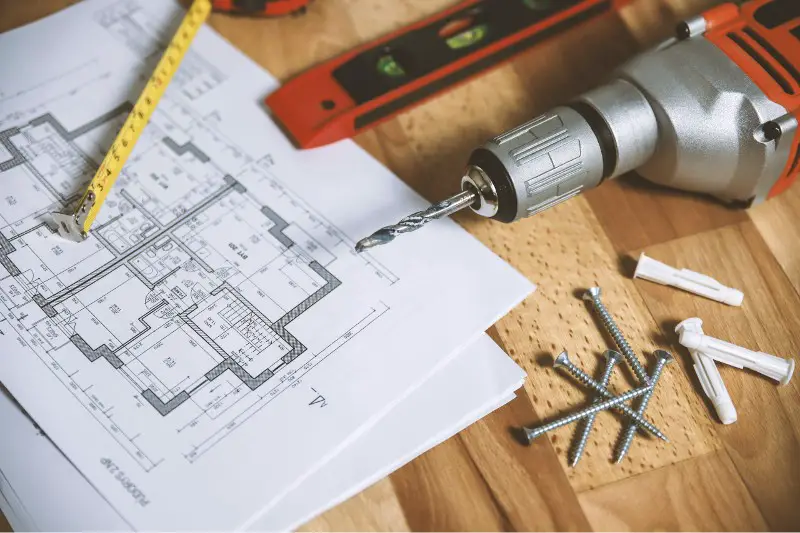
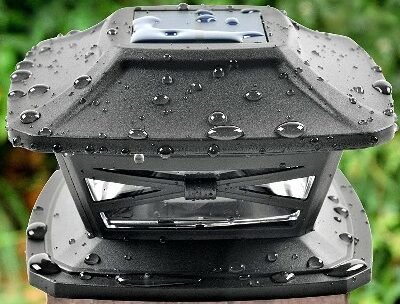
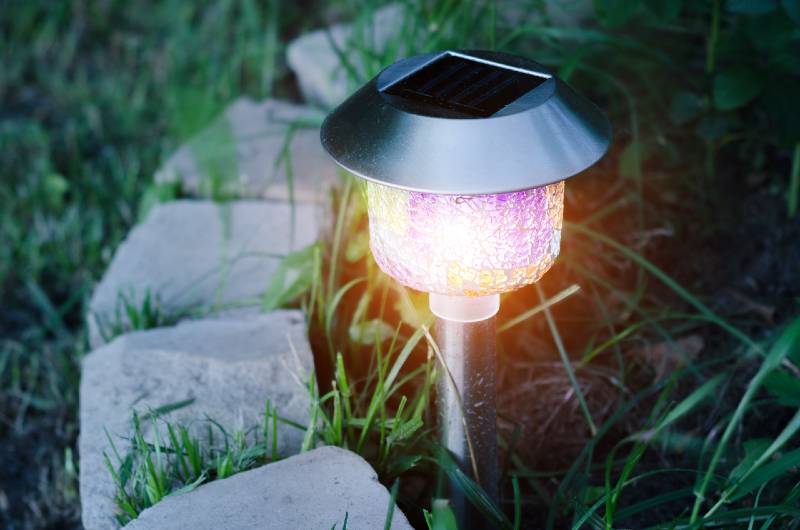
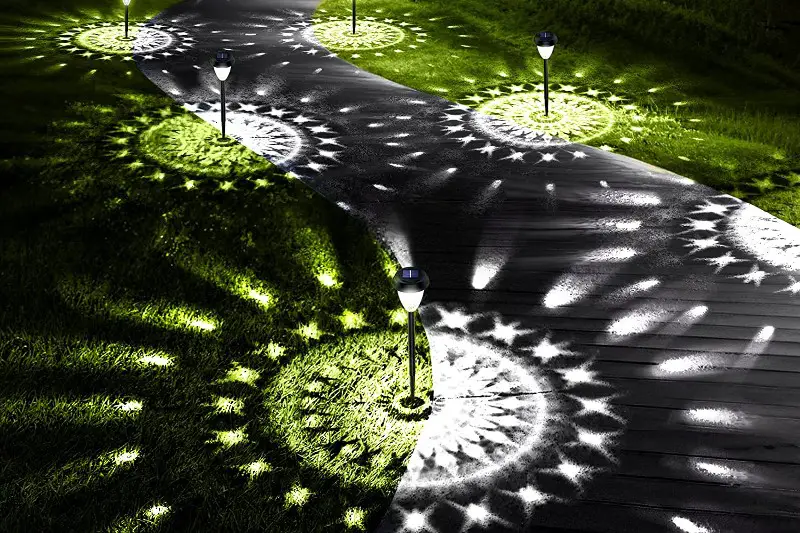

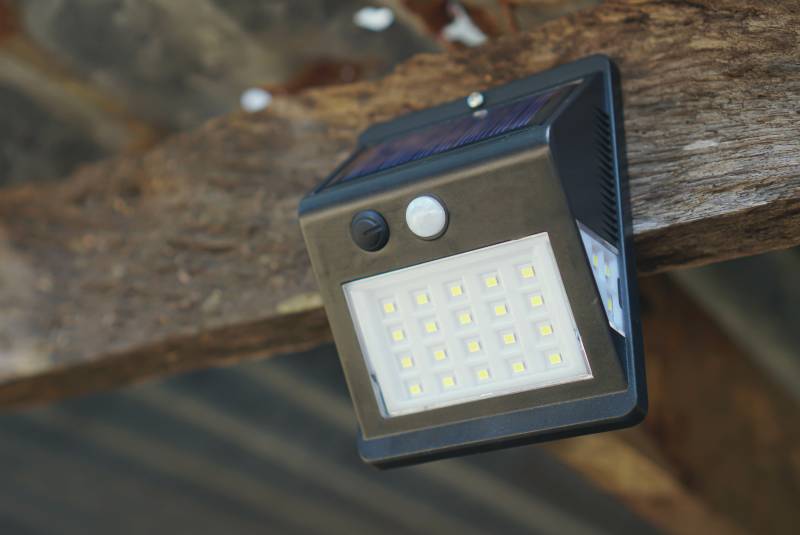

I do not have any idea about solar lights and how it works. So, I happened to find solar lights in the house I have transferred and I brought these lights inside our house and used them in the evening. For two weeks I have used it inside the house, I did not experience bad smell emanating maybe from the light bulb that I have detached from the solar panel because I find it to be disturbing until tonight, after about 3 or 4 hours of the lights on, I smelled something like chemicals where the light bulbs were, so immediately I attached the wires from the solar panel to the light bulb and put it outside our house. My question is, why is that? I am sure the bad smell was due to the detached solar light from the light bulb. Is there any bad effect? Thanks and hope to hear from you. 🙂